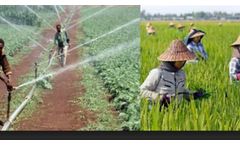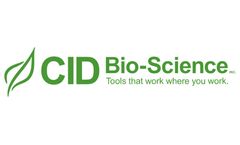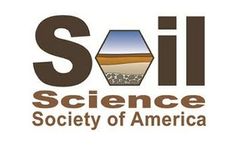Fruit Drying Articles & Analysis
6 articles found
JC-9465 is a new proprietary advanced chemistry that generates ROS (Reactive Oxygen Species). It is an aqueous chelation of minerals/metals and oxychloride compounds in a liquid form. Our mineral oxychloride technology is a source of oxygen energy that is effective against 99.9999% of bacteria and viruses. By generating a high concentration of hydroxyl radical ions and other oxygen species, ...
Though firmness has been popularly used to assess the quality of fruit, fruit dry matter is now increasingly being used instead. It is necessary to understand both traits to find the reason behind this shift in preference. ...
Hot air drying is the conventional drying method, and it transfers heat from the drying medium to the material based on the heat conduction effect, then this results in two diffusion after the material absorbs heat: the external diffusion ( the moisture from the material surface to the drying medium ) and the internal diffusion ( ...
Sun drying, hot air drying, microwave drying, freeze drying, vacuum drying, vacuum-belt drying, and osmotic drying, among these dehydration technologies, you can choose a appropriate method for dehydrating blueberries. Hot air circulation drying oven for ...
The application of TW increased fruit total soluble solids but decreased fruit firmness whereas adding F, these changes were normalized. The F and/or TW application reduced fruit total phenolics, fruit acidity, and fruit length but not fruit diameter. No differences were observed in ...
During boll filling, the earlier cultivar accumulated more dry matter and K in fruit than the later cultivar, and accumulated them faster in 2 of 3 yr. Higher K fertility shifted the partitioning of dry matter and K to vegetative organs relative to fruit. The proportion of plant K in fruit exceeded the proportion ...





